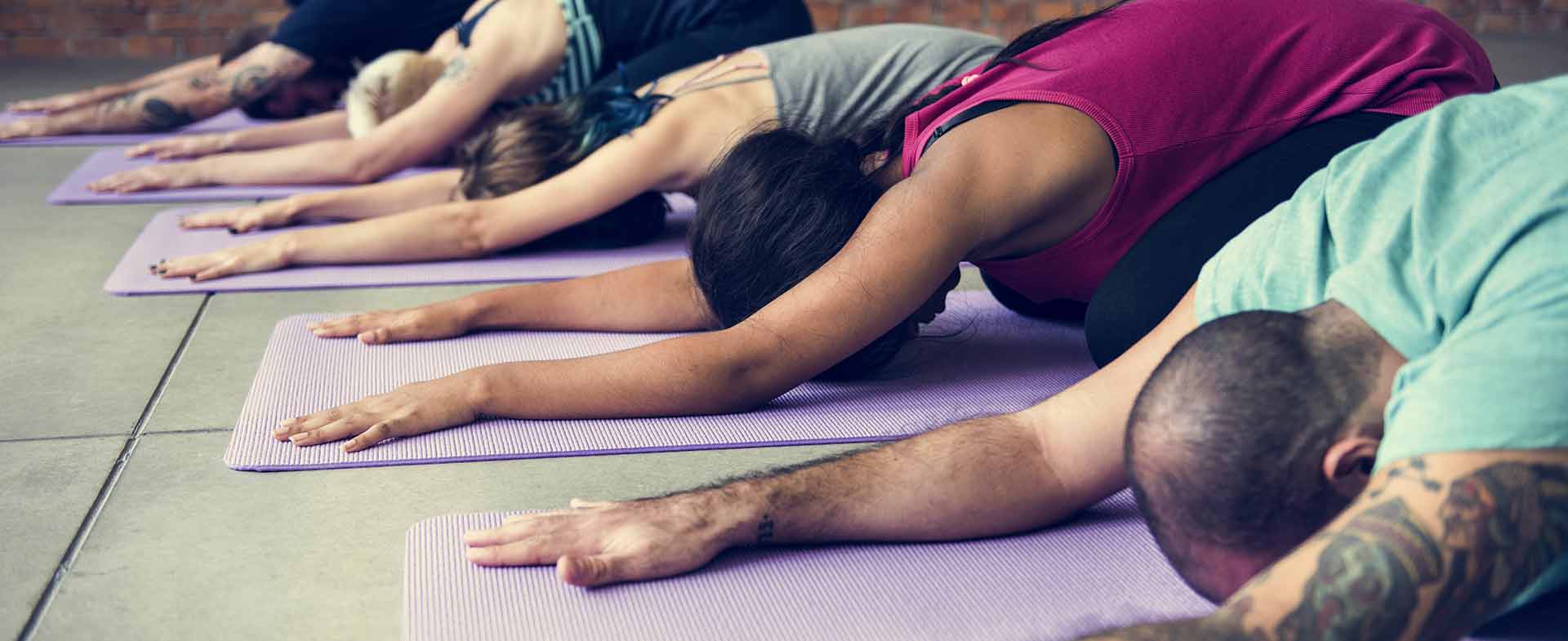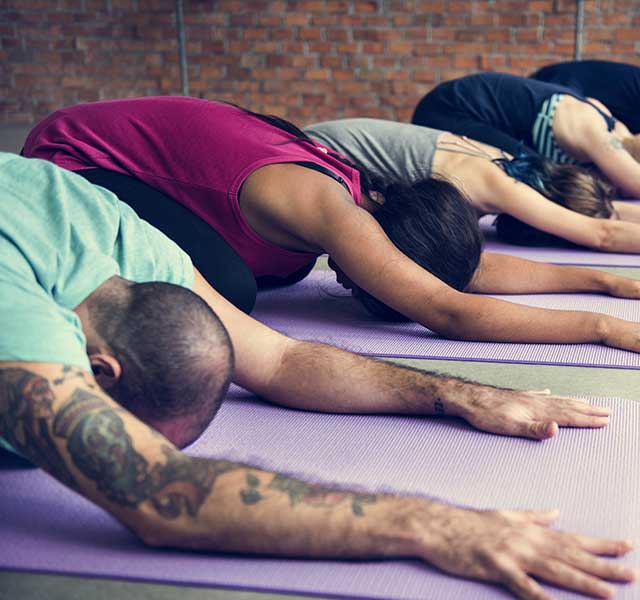For an ancient practice, yoga remains popular in modern times. A growing number of Americans take yoga classes, seeking everything from a more toned body to a more relaxed mental state. Studies confirm that practicing yoga can help build strong bones, keep your body supple and fit, even lift depression and ward off stress. Plus, yoga is doable for most body types, ages, and abilities.
According to Julie Levinson, certified yoga teacher at Henry Ford West Bloomfield Hospital’s Vita Wellness Center, the benefits of yoga extend far beyond fitness. Regular practice works to balance body and mind, regulating everything from blood pressure to blood sugar while also improving strength, stamina, mobility and flexibility.
Convinced yoga is beneficial, but confused by the dizzying array of yoga styles available? It’s enough to make even the most grounded yogi’s head spin. Should you try Restorative or Iyengar? And are aerobic practices like Vinyasa too rigorous if you have a health condition? The reality: Yoga isn’t a “one-size-fits-all” practice. A fit 20-year-old may have different goals than a 70-year-old with achy joints.
Levinson helps define 7 styles of yoga, so you can identify which classes you might like best.
- Hatha. Hatha yoga is an umbrella term for nearly all types of yoga. The practice incorporates asanas (postures), pranayama (regulated breathing) and meditation into one yoga session. It has become very popular in America as a source of exercise and stress management. Best for: Everyone!
- Vinyasa. Vinyasa classes focus on flow, linking breath with movement through every posture. In fact, many Vinyasa sequences are like basic calisthenics (think push-ups, toe touches and side bends). But instead of pausing between poses or holding postures for a period of time, you’ll flow from one posture to the next, creating a high-intensity fitness practice. Best for: People who like to push their fitness limits and have no or few physical issues that would stop them. Runners, cyclists and swimmers may be drawn to Vinyasa for its emphasis on continuous movement.
- Ashtanga. Similar to Vinyasa, Ashtanga yoga is a physically demanding practice that involves synchronizing breath and movement through a series of poses. But unlike Vinyasa, Ashtanga revisits the same poses in the same order every time. The goal is to flow through each pose to build an internal heat that not only improves circulation, flexibility and stamina, but also detoxifies muscles and organs. Best for: Experienced yogis who want a consistent, rigorous practice. There are a total of six different series, each with increasing level of difficulty.
- Ivengar. Iyengar yoga is a foundational practice that emphasizes proper body alignment. You’ll move into a position slowly, holding the pose for a minute (or several), and then relax for a few breaths before stretching into another posture. Shoulder and headstands are part of the practice, but Iyengar is accessible to nearly everyone because it relies on props such as blocks, blankets, straps and chairs to help students avoid injury and achieve proper form. Best for: Everyone, but especially people who are recovering from an injury or advancing in age and hoping to remain limber and mobile.
- Restorative. Like Iyengar, Restorative yoga uses props to help students achieve proper body alignment. During the 75- to 90-minute class you’ll use blocks, blankets and yoga bolsters for support as you ease yourself into poses. You’ll spend up to 20 minutes in each of five to seven simple poses to help you sink into deep relaxation. The gentle practice with long, slow holds taps into your parasympathetic nervous system, allowing you to experience deep relaxation. Best for: People who are looking to enter a deep meditative state and for athletes on recovery days. Restorative yoga is also good for type As who have a hard time slowing down but need an end-of-the-week mental cleanse.
- Adaptive. True to its name, adaptive yoga conforms to the practitioner’s needs. Working at a desk? You can perform chair poses with Adaptive yoga. Suffering from a chronic condition or illness? Adaptive yoga customizes standard poses in a way that works for your body. So, for example, if you have been diagnosed with high blood pressure, instead of doing bending or folding postures, you’ll place your hands on a chair or the wall to achieve the stretch but without the blood rush to your head. Best for: Everyone! Since Adaptive yoga adjusts to meet the needs of the individual, it’s suitable for people who have a range of conditions and body types.
- Yin. In this practice you don’t speed through a series of poses, but instead slow down, stretch and hold, mostly while sitting or lying on the floor. You’ll hold postures for 3-5 minutes (and sometimes up to 20 minutes). The goal is to nourish the body’s connective tissue, which supports the muscles, joints and internal organs. You can expect forward bends, hip openers and gentle backbends.Once you’re able to relax into the posture, you hold still and meditate. Best for: People who need to stretch and unwind. The caveat: Yin yoga is not for newbies or people who are super flexible (you might overdo it in some poses).
No matter your age or health status, yoga can help you achieve peace in both body and mind. You don’t need special equipment or yoga clothes. Rather, yoga meets you where you are. The key is letting yourself explore different styles to find which one works best for your body in the moment you’re practicing.
But like any exercise, you can push yourself too far in yoga, says Levinson. “People are approaching yoga with the same tenacity as they might any other fitness practice.” Try to use each session as an opportunity to get in touch with your body, mind and spirit, and to practice calmness.



